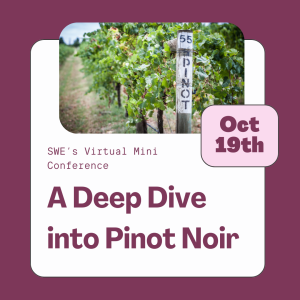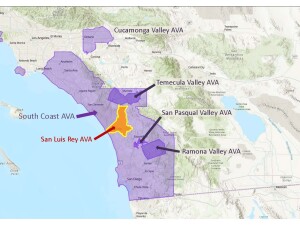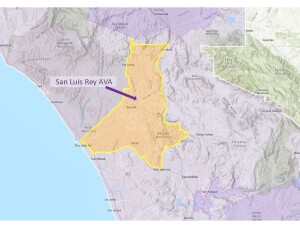 Coming on Saturday, October 19: SWE’s Virtual Mini-Conference—A Deep Dive into Pinot Noir!
Coming on Saturday, October 19: SWE’s Virtual Mini-Conference—A Deep Dive into Pinot Noir!
This event is offered free-of-charge for members of SWE. Space is limited, however, and pre-registration is required. If you have any questions about this event (or to request a spot), please contact Jane Nickles at jnickles@societyofwineeducators.org
The Conference Website (including speaker information, handouts, and a link to the webinar platform) will be emailed to registered attendees on October 14. We hope to see you there!
CONFERENCE AGENDA (all times central)
- Saturday, October 19—10:00 am: Pinot Noir in South Africa with Jim Clarke. Pinot Noir first came to South Africa in the 1920s, but it wasn’t until intrepid growers began exploring the Cape South Coast in the 1970s that the grape began to find its home and show off what it’s capable of in the Rainbow Nation. Today it’s still only found in small quantities, but punches far beyond its weight when it comes to reputation and critical regard. Wines of South Africa Country Manager Jim Clarke, author of the Classic Wine Library’s Wines of South Africa, will lead viewers through the story of Pinot Noir in South Africa, exploring its history, taking apart prominent regions where the grape excels, and highlighting the grape’s leading producers.
- Saturday, October 19—12:00 noon: Exploring Chile and the Future of World-Class Pinot Noir with Elijah B. Smith. While Chile gets a lot of attention for its Cabernet Sauvignon and brawny red blends, the country also contains a plethora of cooler-climate wine regions—including the well-known Casablanca Valley and the up-and-coming southern reaches—where Pinot Noir can shine. In this session, join Elijah B. Smith CWE on a tour of the many producers and regions of Chile that are primed to produce world-class Pinot Noir.
- Saturday, October 19—2:00 pm: Oregon—The Future of Premium Pinot Noir with Carrie Kalscheuer. Discover all the reasons—including the climate, location, soils, and resources—why Oregon enjoys its well-deserved reputation as a leading producer of premium Pinot Noir. We’ll look at the state’s viticultural history—including the rise of Oregon Pinot Noir—as well as its well-documented diversity in terms of terroir. Join In this session, join Carrie Kalscheuer (Chief Brand Officer of Ponzi Vineyards) for an in-depth look at Oregon’s commitment to sustainability, quality, and affordability.
- Saturday, October 19—4:00 pm: Pinot Noir Across Terroir with Tanya Morning Star. Discover the rich diversity of Bourgogne’s red wines with Tanya Morning Star, CWE. Pinot Noir is one of the most ancient and captivating grape varieties on the planet! Native to the famed region of Bourgogne in Eastern France, Pinot Noir is a true chameleon of the wine world, effortlessly adapting to its surroundings and crafting wines that sing with the unique essence of each terroir, from village to village, plot to plot. This grape has been beloved since Roman times, and for good reason – its ability to translate the land into a bottle of wine, from humble table wines to the world’s most prized bottles, is nothing short of magical. Join Tanya Morning Star for a deep dive into the heart and soul of one of the world’s most expressive grapes, uncovering Pinot Noir’s remarkable ability to shape-shift and tell the stories of its origins.

